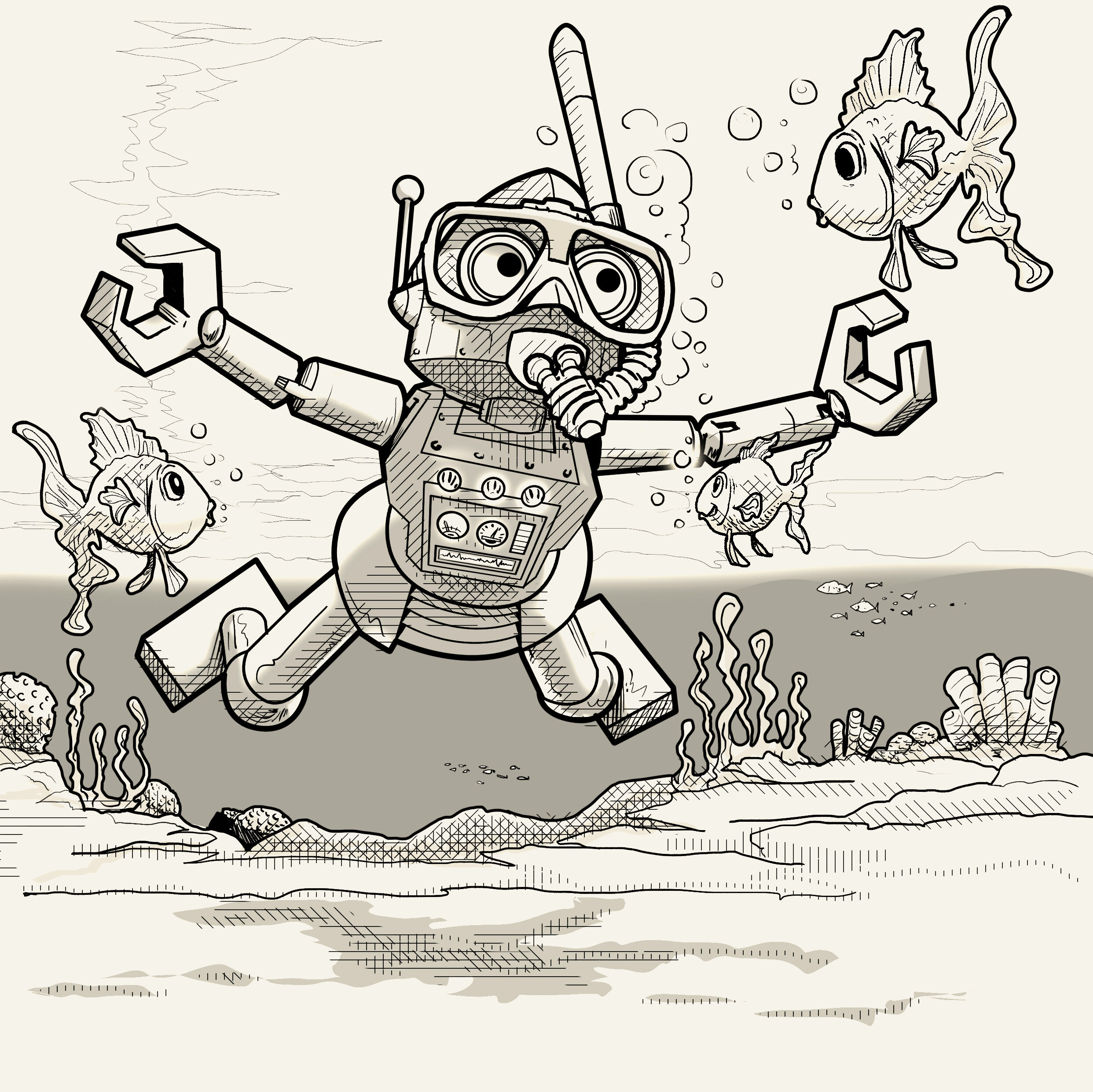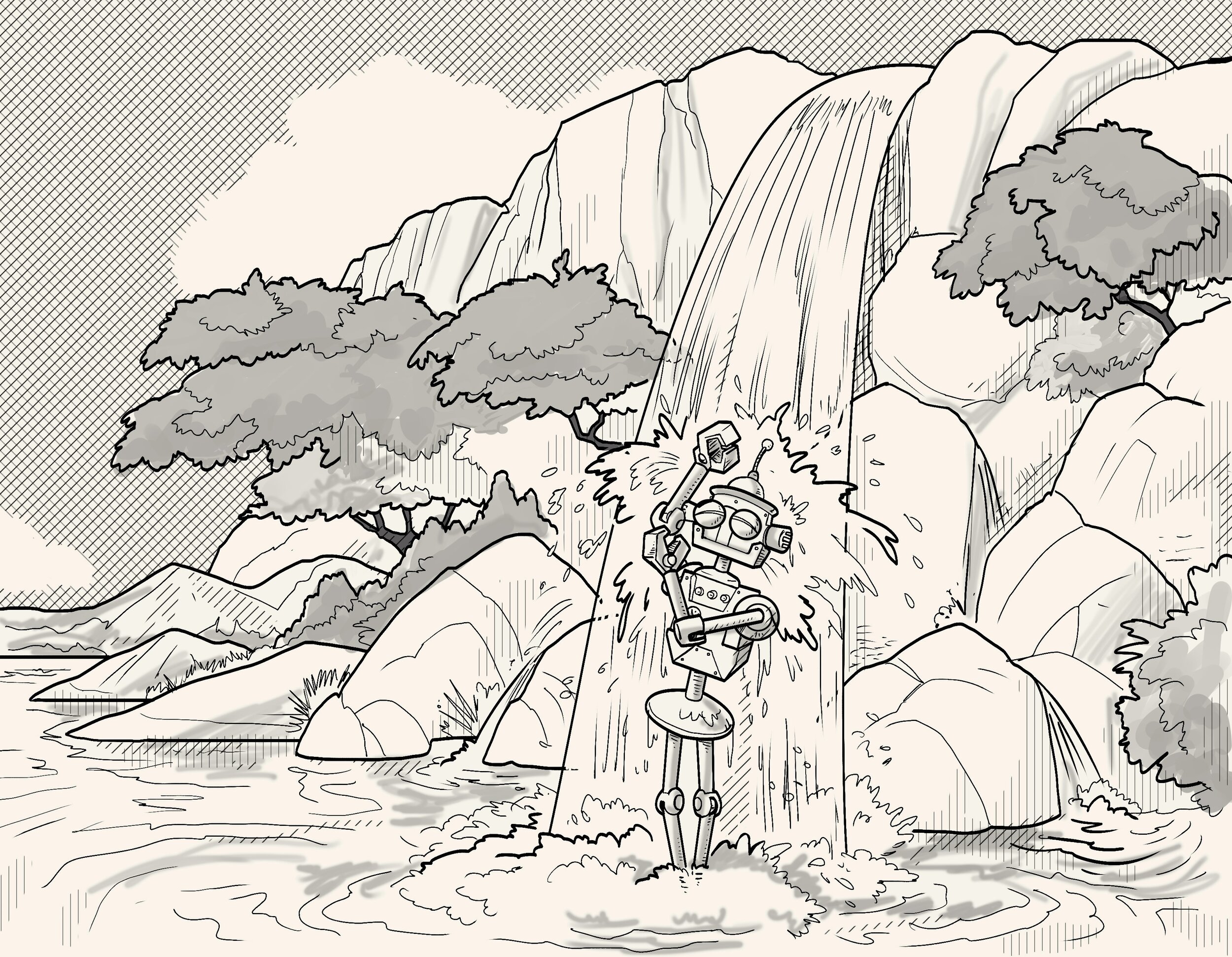
Enterprise DevOps & SRE: How to lead them into obsession
One of the most likely reasons that transformations stagnate and fail is a lack of a plan to motivate people. A motivation plan tangibly improves workflow, and when it’s well executed it spreads the obsession for success throughout the company.
Motivation can’t be mandated or forced. It also won’t happen on it’s own. Employees won’t just show up highly motivated: it’s part of leadership’s duty to make them so. Managers must leverage many different ways to motivate their practitioners if they want success.

We don’t have to find Permit A38: better faster Incident Management
Incident management breaks down the silo between the developers and our customer

Hot or Cold? Temperature Check!
Scaling DevOps requires automating the approvals for low risk changes in production

Balance your team! Balance yourself!
In DevOps, we balance between new features and stability with the Error Budget

Why do you run?
We do DevOps to iterate faster, run experiments to optimize our product for our customer.

Just one hour, what your team tells you…
Do value stream mapping frequently with your team

It's more complex than you think
You can install a new tool in minutes, but you need weeks or months to learn to use it productively.

Operations in DevOps: Command & Conquer
To accelerate your incident response use the structure: command, communicate and operate.

Accelerate DevOps: How does your garden grow?
Continuous Optimization starts with writing down the process, defining the objectives, change, control, learn, repeat.

Convincing people: Hercules is as strong as a lion
Link your DevOps transformation with a promising metaphor to win the minds.

We don’t have to find Permit A38: better faster Incident Management
Incident management breaks down the silo between the developers and our customer.

Jumpstart your DevOps presentations: a toolkit for success
Most companies have already started with DevOps. Now they are scaling it up to an enterprise level. In this process, communication is key: communication to established teams, to your leadership and to late adopters with legacy technologies. Quite often some of them have to adjust their work, change established behavior and receive new responsibilities.

Structure, Structure, Structure or three options to order your DevOps story
In consulting, communication skills are the tools of our trade. They differentiate your work between success and failure. But you don't learn them at the required level in school or in jobs outside of consulting. The first step to improve your communication is to find and use the right structure.

DevOps: How to empower your team
Set a challenging mission, let the team define the stages of the journey and control the outcome. But only trust and empowerment make it happen.
The way a young colleague started in my company reminded me of how teams start in a DevOps transformation. Here I will share Peter’s story and explain the approach we take in the DevOps journey.

Storytelling is in our DNA
In our new leadership role model, storytelling became an integral part of our DNA. This reflects the changes we are facing within the IT industry and the leading role we play. It’s our duty to tell compelling stories and work ourselves into them.

The Agile Waterfall
My generation is the generation before Agile; the generation of large SAP rollouts. We worked for years in a waterfall approach to implement new software for our customers. We were pretty good in our world. Not perfect, but for enterprises the approach had its advantages.

Autonomy vs. Standardization in Digital Enterprises
In the early years, standardization was the starting point for IT cost cutting and gaining efficiency. Fewer tools, fewer versions, fewer programming languages, fewer frameworks and fewer processes — all as a guarantee for less spent on maintenance, upgrades, security and talent management. But since the Agile Manifesto movement, companies realize that standardization kills not only innovation, but leads also to more frustration for employees.

Making Decisions in an Agile Enterprise
In traditional enterprises, it takes time for someone to make a decision. A request from the team-level is carried up to the management level. There important information is missing and misery takes its course. Companies cannot always afford to make a decision with high quality information which involves all the stakeholders. The market is changing too fast, companies can not wait anymore.

Get more bang from the IT buck!
Enterprise companies have to free budget space for driving their change towards use of modern software development practices. By implementing a portfolio strategy which combines sourcing and the focus on modern software practices like DevSecOps, Agile Software Development and new Technologies. Companies benefit with a faster moving organisation focused on their clients where it makes sense.

Things happen… and then you Waterfall: The Strategic View on Agile
The reality is that in most enterprise companies, Waterfall and Agile coexist. To get the best from both worlds a portfolio strategy is required which encompasses the two models in parallel. Respect for both models is required to bring their full value to organizations.